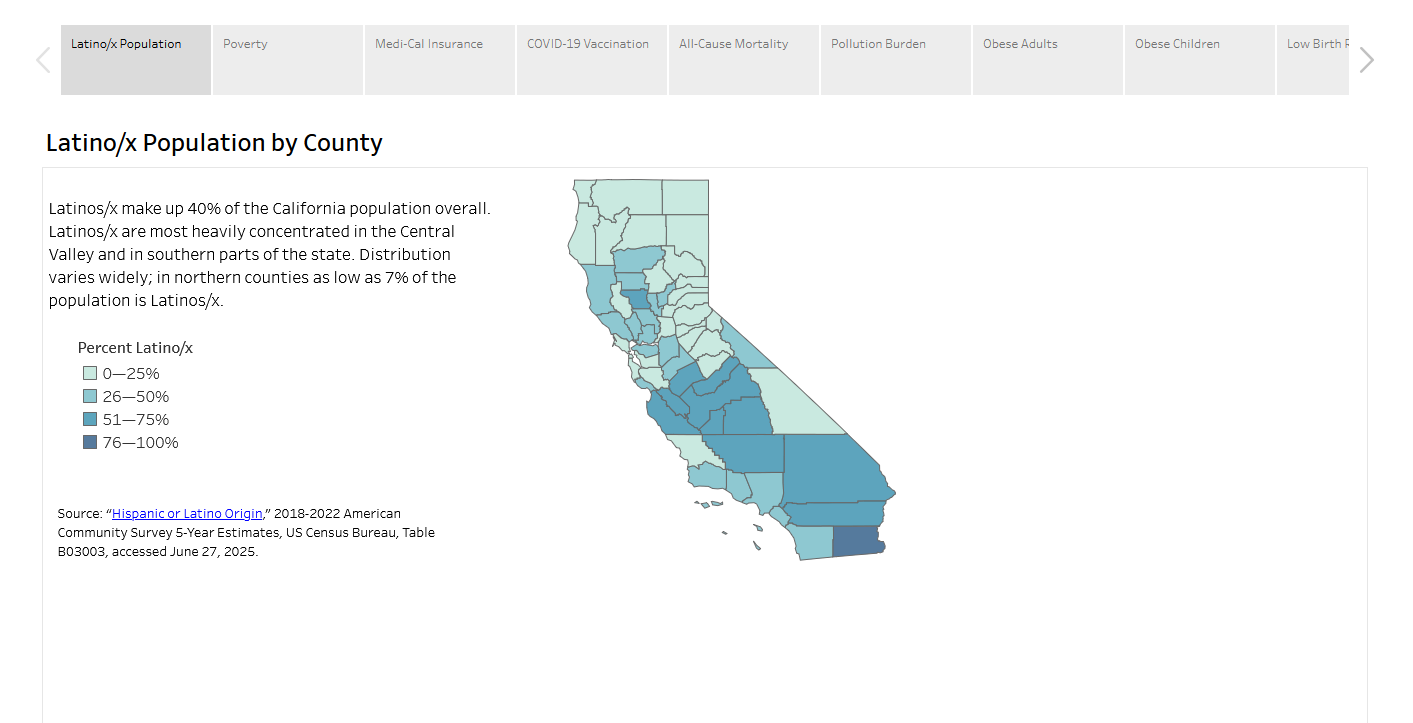
View the Report
Jump to All Downloads & LinksBackground
The medical loss ratio (MLR) is the percentage of premium that health insurers spend on medical care and quality improvement activities. The Affordable Care Act requires health insurers to disclose through MLR reporting how much is spent on health care and how much is spent on administrative costs, such as sales and marketing. The federal Department of Health and Human Services (HHS) has enforced minimum MLR standards since 2011. The standards are intended to help consumers by:
- Providing transparency. Insurance companies must publicly report how premium dollars are spent.
- Ensuring value for the premium dollar. The percentage of premium dollars that may be spent on overhead must not exceed 20% in the individual and small group markets and 15% in the large group market.
- Providing rebates. Insurance companies exceeding the MLR standard must provide rebates to their enrollees. The rebate may be provided directly to the enrollee or indirectly through their employer.
A series of quick reference guides, data files, and two fact sheets about the MLR are available as Document Downloads.
What Is a Medical Loss Ratio?
The medical loss ratio is the percent of premium that insurers spend on medical care and quality improvement activities. For example, if an insurer receives $100 million in premiums and spends $80 million paying enrollee medical claims and improving health care quality, the medical loss ratio is 80% ($80 million/$100 million).
The MLR minimum for spending on medical care and quality improvement activities is 80% for insurers in the individual and small group markets and 85% for insurers in the large group market. Insurers exceeding the MLR standard must pay rebates to their enrollees.
MLR Reporting Requirements
HHS has responsibility for overseeing MLR standards and requirements and carries out these duties through its Center for Consumer Information and Insurance Oversight (CCIIO). Their standardized MLR reports determine whether rebates are owed.
Insurers are required to report their MLR data to the HHS annually for a calendar year period, January through December, and must file this information by June 1 of the following year. A MLR report must be filed for each state in which business is conducted. Insurers with operations in multiple states must also file a grand total report. Information must be provided for each market segment (individual, small group, and large group). The reports are available on the CMS website (see links in the Online Resources section).
Information reported by market includes:
- Total earned premiums
- Total dollars paid in claims for clinical services
- Total spending on activities to improve quality
- Total spending on all other non-claim costs, excluding federal and state taxes and fees
- Enrollment (life years, member months, and year end)
Penalties for reporting and rebate violations are per entity, per day, per individual affected by the violation.
How to Use the MLR Database
The medical loss ratio (MLR) database is a resource for understanding the commercial health insurance market. It can be used for computing the MLR and determining if an insurer owes a rebate. Also, it can reveal the size of the state’s insurance market, in enrollees and premium dollars; the average premium collected per enrollee; and the percentage of premium spent on sales commission. Over time, it shows market growth and the percentage increase in premiums on a per-enrollee basis.
Information Included in the MLR Database
Rebates
- What was the total amount of rebates?
- What percent of insurers owed a rebate?
- What was the average dollar amount of rebates per enrollee?
- How many enrollees benefited from rebates?
- What portion of enrollees received a rebate?
- Which insurers owed rebates and how much were the rebates?
- When a rebate was paid, how much of the premium dollar did it account for?
- Which market sectors were most affected (e.g., were enrollees with individual or small group coverage more likely to receive a rebate)?
Premiums, Enrollment, or Insurer Traits
- How large were the individual, small group, and large group markets — in terms of total premiums or enrollees?
- What was the insurer market share for the individual, small group, and large group sectors?
- What was the average premium per member per month for each market sector?
- How many Californians are covered by nonprofit insurers, or are covered under insurers regulated by Department of Managed Health Care (DMHC) or California Department of Insurance (CDI)?
- How much did insurers pay in medical expenses?
- How much was spent on direct sales expenses and commissions?
Information Not Included in the MLR Database
- Product line, such as HMO/PPO
- Benefit level (e.g., gold, silver, bronze)
- Profits, underwriting gains/losses
- Demographics or the risk profile of enrollees
Information That Is Limited in the MLR Database
- Health insurance through self-insured employers: only the fees earned and the number of enrollees served by administrative services-only (ASO) contracts are reported
- Specific government health insurance programs: data related to government insurance programs, such as Medicare and Medicaid, are combined
Glossary
Credibility Adjustment. Using a set formula, this adjustment is added to the MLR to offset the volatility inherent in small pools of experience. Credibility adjustments are applied when the number of life years in a market is at least 1,000 but fewer than 75,000.
Credible Experience
- Fully Credible. 75,000 or more life years for a market. No credibility adjustment is made.
- Non-Credible. Insurers with fewer than 1,000 life years lack sufficient experience to calculate a meaningful or reliable MLR. The insurer is not required to provide rebates.
- Partially Credible. Insurers with at least 1,000 but fewer than 75,000 life years in a market. The insurer receives a credibility adjustment.
Covered Lives. The number of enrollees as of December 31.
Issuer. An insurance company, insurance service, or insurance organization (including an HMO) that is required to be licensed to engage in the business of insurance in a state and that is subject to state law that regulates insurance.
Life Years. The average number of enrollees in a year, computed as member months/12.
Note that “life years to determine credibility” may be different, as multiple years can be combined to reach the credibility threshold needed for computing a rebate.
Market Sector. A business line of insurance, e.g., individual, small group, and large group are the three main commercial market sectors.
MLR Reporting Year. January to December of the year reported.
Quality Improvement Activities. A comprehensive set of activities that allow for future innovations. These activities count toward the 80% or 85% standard and must:
- Be grounded in evidence-based practices
- Take into account the specific needs of the patients
- Be designed to increase the likelihood of desired health outcomes in ways that can be objectively measured.
Online Resources
- Medical Loss Ratio Data and System Resources, including public use files (raw data submitted by carriers; includes data dictionary)
- MLR Refunds by State and Market, 2012–23
- List of Health Insurers Owing Refunds, 2012–23
MLR Search Tool (allows search for specific filings by state and company name)
Medical Loss Ratio: Getting Your Money’s Worth on Health Insurance
CCIIO Instructions for MLR Filers, 2012–24
Medical Loss Ratio Regulations and Guidance
Federal Definitions Relating to Health Insurance Coverage (45 CFR 144.103)
Authors & Contributors

Katherine Wilson
Katherine Wilson is an independent consultant specializing in health insurance markets and health care costs. She is the author of numerous publications and reports, including CHCF’s series of reports on California health insurers.





